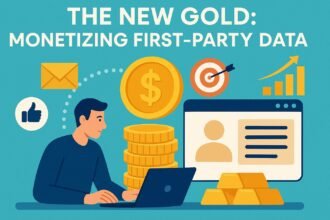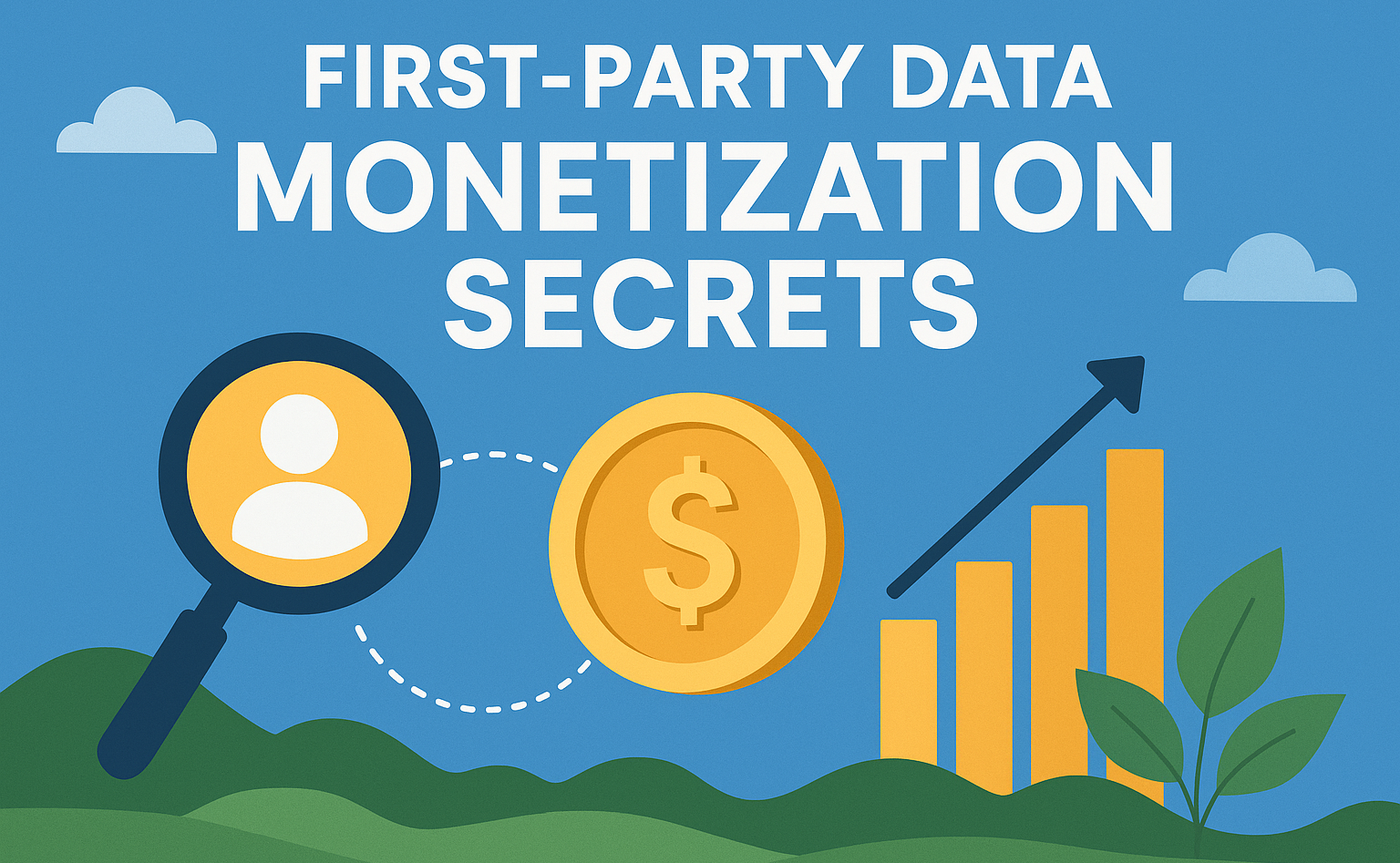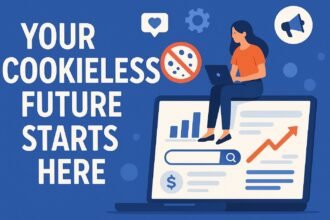Ten years ago, B2B lead generation was a volume game.
- Cold calls to people who didn’t ask for them.
- Email blasts to purchased lists that nobody wanted to be on.
- Gated PDFs that promised value but delivered fluff.
That playbook is dead. Buyers today are smarter, busier, and allergic to interruption. They don’t want more noise—they want useful conversations with people who actually understand their problems.
The future of B2B growth isn’t about collecting as many leads as possible. It’s about quality over quantity—finding the right accounts, at the right time, with the right message.
Why the Old Playbook Failed
Let’s be honest: the old ways stopped working because the buying world changed.
1. The Self-Educated Buyer
Buyers don’t need you to “educate” them anymore. By the time a salesperson gets involved, 60–90% of research is already done through reviews, peer groups, and comparison sites.
2. Lead Fatigue
Nobody wants to fill out a form for a mediocre whitepaper only to get spammed with sales emails afterward. Gated content is no longer seen as value—it’s seen as a trap.
3. The Buying Committee Reality
B2B purchases aren’t made by one person. IT, finance, operations, and end users all have a say. Passing one “lead” to sales doesn’t work when decisions are made by a group.
The New B2B Growth Engine
So, what works today? A mix of AI, data, personalization, and real trust-building.
A. AI-Powered Personalization at Scale
Forget mail merges with a [First Name] token. Modern AI uses intent data—signals from across the web showing what companies are researching right now.
With AI, you can:
- Spot in-market accounts before they hit your site.
- Show industry-specific content dynamically on your website.
- Give sales real-time insights so outreach is relevant, not random.
B. Account-Based Marketing (ABM)
ABM flips the funnel. Instead of casting a wide net, you focus on a curated list of high-value accounts that fit your Ideal Customer Profile (ICP).
ABM in practice:
| Step | What It Looks Like | Why It Matters |
|---|---|---|
| Identify | Use ICP + intent data to select target accounts | Precision, not guesswork |
| Engage | Multi-channel outreach (ads, content, direct) tailored to stakeholders | Relevant and consistent |
| Grow | Convert → Expand → Turn into advocates | Long-term revenue compounding |
C. Community & “Dark Social”
The most valuable conversations don’t happen in your funnel. They happen in:
- Slack or Discord groups
- LinkedIn DMs
- Industry forums & subreddits
- Peer review sites
Future B2B winners don’t try to drag these conversations into their CRM. Instead, they show up authentically, help people, and build trust where buyers already are.
D. Value-First Content
Trust is earned by giving, not asking. That means:
- Ungating your best content (guides, benchmarks, webinars).
- Building interactive tools (ROI calculators, self-assessments).
- Offering on-demand videos buyers can watch anytime.
E. Sales + Marketing = One Team
The old sales vs. marketing rivalry doesn’t make sense in ABM. Today’s growth teams share:
- One source of data (CRM + ABM platform).
- Shared metrics (pipeline velocity, account engagement, revenue).
- Joint plays where both sides coordinate outreach.
Building a Lead Gen Machine That Lasts
Here’s a roadmap for moving forward:
- Define a Modern ICP
- Firmographics + technographics + intent signals.
- Invest in the Right Tech Stack
- CRM as the brain.
- Intent data provider to spot signals.
- ABM platform to orchestrate campaigns.
- Shift Metrics to Account-Level
- From MQL counts → to engagement, pipeline speed, and LTV/CAC balance.
Final Word: A New Era of B2B
The old volume-driven playbook is gone. The future is about:
- Precision over spray-and-pray.
- Conversations over clicks.
- Trust over tricks.
Ironically, technology (AI, data, automation) is making B2B more human again—because it forces us to listen, personalize, and provide real value.
Companies that adapt will thrive. Companies that cling to vanity metrics and lead spam will be talking to themselves.
The future is already here. The only question is: are you building for it?












